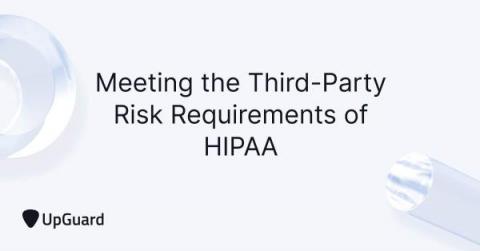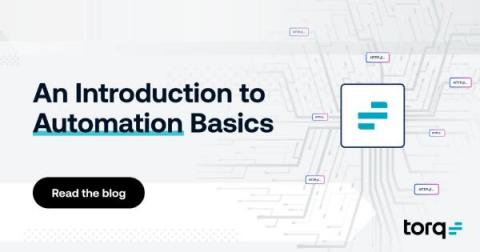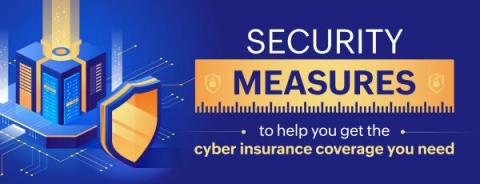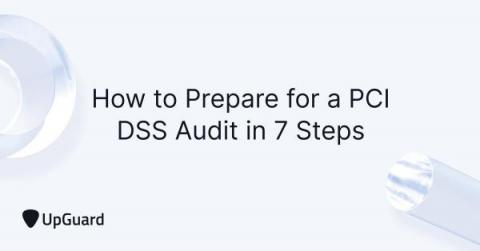Application Security Report 2022: Key Trends and Challenges
At a time when the state of cybersecurity is constantly changing, with new and increasing threats arising each day, it is vital for all organizations to keep it near the top of their list of priorities. Business applications are increasingly targeted by cybercriminals, and their ability to protect and defend themselves against these attacks is a crucial part of their operations.










